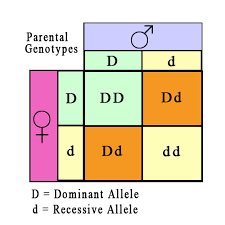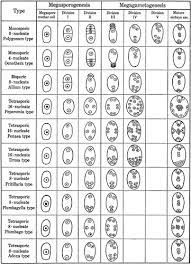TRANSPLANTING- METHODS, FACTORS INFLUNCING PLANT RECOVERY
TRANSPLANTING
Definition:
Transplanting refers to the planting or removal of trees, shrubs, plants, annual, perennial etc from one place to the another.
Methods of planting:
- Square system
- Rectangular system
- Cluster system
- Hexagonal system
- Diagonal/ quincunx system
- Triangular system
- Contour system
- Terrace system
Factors influencing the plant (which is transplanted) recovery:
- The tree should be planted approximately where the original pegs were placed.
- This is achieved by replacing the planting board with the help of the guide pegs and the stem of the trees is brought to the central notch with the help of a hand hoe.
- One of the most common mistakes is that of planting the trees too deep.
- The plants should be set in such a way that the bud union remains slightly above the ground level.
- The trees in the field should be planted as deep as they stood in the nursery.
- The trees are irrigated soon after planting.
- This consolidates the soil and helps the roots to establish contact with it and to secure a supply of water quickly.
- A small basin may be made around the tree for this purpose.
- Planting if taken up during the rains, this basin should be demolished within a day or two so that water will not collect around the tree.
- This is more dangerous on heavy than light soils. Spring winds cause damage to the growing plants by giving a constant shaking.
- To prevent this, plants should be staked when planted. Some young plants are subjected to considerable injury, from sunburn particularly if they have been trained to single stem with no branches for 45cm, or more from the ground.
- Such burn can be protected by wrapping them with paper or other material or by coating them with white wash.
- The latter is probably best, as most material wrapped around the trunk would be subject to termite attack.
Introduction to horticulture 8th edition author N.Kumar




Comments